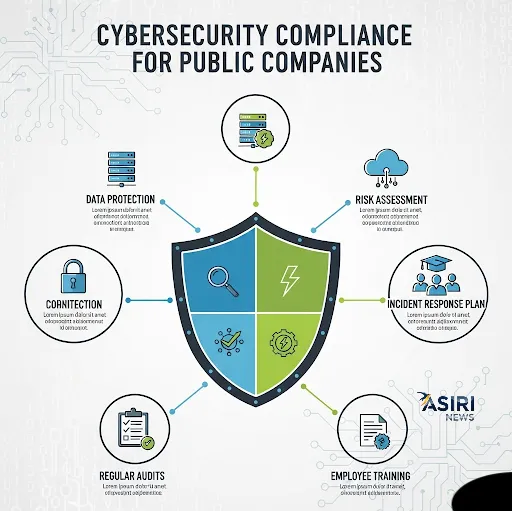In a pivotal regulatory shift, the U.S. Securities and Exchange Commission (SEC) has finalized new rules that will fundamentally reshape how public companies approach cybersecurity. The mandates, which require firms to disclose material cybersecurity incidents within four business days and annually report on their risk management strategies, are designed to place cybersecurity squarely under the umbrella of financial oversight. This move represents a major step toward treating cyber risks with the same urgency as traditional financial risks, bolstering investor awareness and board-level accountability.

A cornerstone of the new rules is the requirement to disclose a “material” cybersecurity incident. The SEC defines a material incident as one that a “reasonable investor” would consider important when making an investment decision. This includes not only direct financial costs, but also operational disruption, reputational harm, and the potential for regulatory or legal action. The four-business-day reporting deadline for material incidents is a significant change, forcing companies to streamline their internal incident response plans and their cross-functional communication between cybersecurity teams, legal counsel, and executive leadership. The SEC has emphasized that companies must make their materiality determination “without undue delay.”
In addition to incident reporting, the rules introduce a new annual disclosure requirement on Form 10-K. Companies must now provide a detailed description of their processes for assessing, identifying, and managing cybersecurity risks. This includes explaining how the board of directors oversees cybersecurity threats and how management’s role in risk mitigation is defined. The new mandate is a direct response to a rise in state-sponsored attacks and widespread ransomware campaigns that have caused billions of dollars in damage and left investors in the dark about a company’s true risk exposure.
The new rules have met with mixed reactions from corporations and cybersecurity experts. Some have voiced concerns that the four-day timeline is too aggressive and could force companies to release incomplete or inaccurate information. Others fear that publicizing a breach could provide cybercriminals with a roadmap to exploit other vulnerabilities or even use the new rule as an extortion tool. However, supporters argue that the rules are a necessary step to create a culture of transparency and compel companies to prioritize cybersecurity as a core business function. By mandating a more proactive approach to risk, the SEC hopes to protect investors from hidden risks that could crater a company’s valuation overnight.



